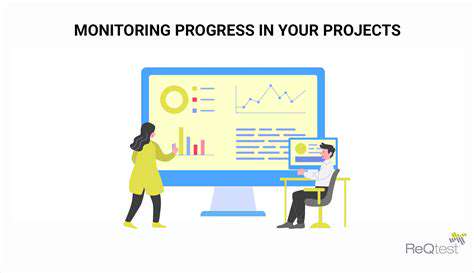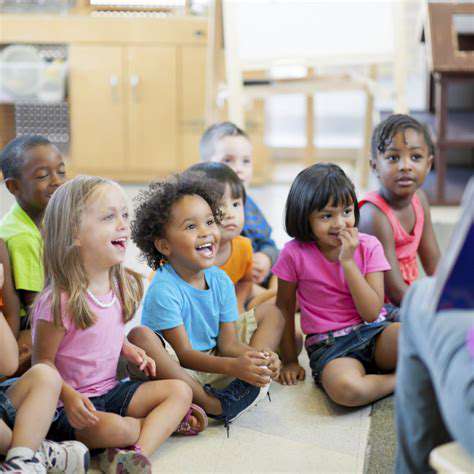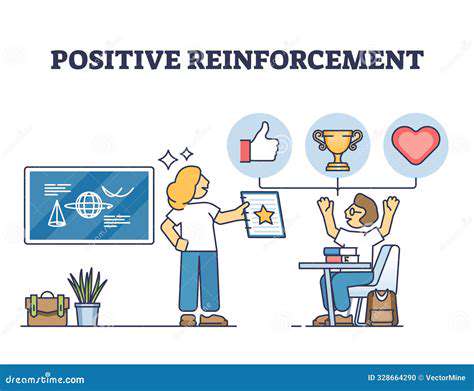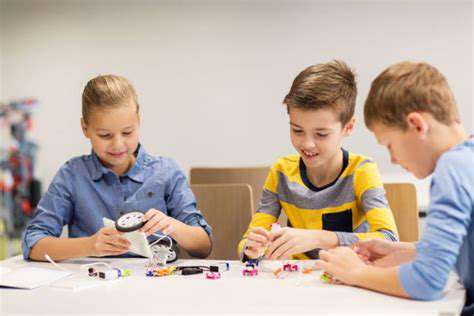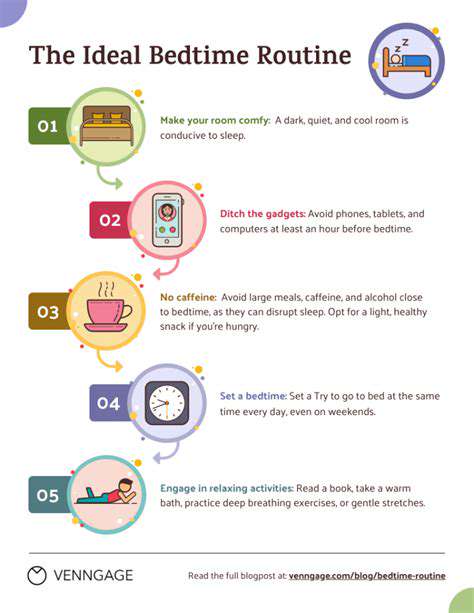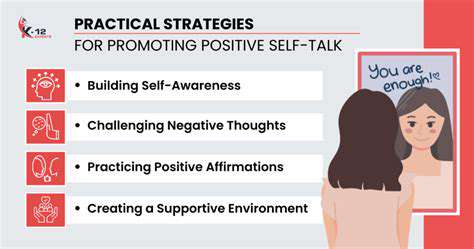Screen Time Management: Creating Healthy Digital Habits for the Whole Family
Establishing Clear Guidelines and Expectations
Defining Screen Time
Understanding what constitutes screen time is crucial for effective management. This encompasses any time spent using electronic devices, including smartphones, tablets, computers, televisions, and gaming consoles. It's important to be specific in defining this for your family or employees, as different activities fall under this umbrella. For example, educational use of a tablet should be categorized differently than entertainment use.
Setting Realistic Limits
Establishing arbitrary and unrealistic screen time restrictions can lead to resentment and ultimately, failure. Consider the individual's age, developmental stage, and responsibilities when determining appropriate limits. Teenagers may require more flexibility than young children, and working adults might need more screen time for professional purposes. A balanced approach that considers individual needs is essential for long-term success.
Creating a Schedule
Implementing a schedule helps structure screen time, preventing it from becoming a constant distraction. This schedule should clearly outline when screen time is allowed, and when it's restricted. Consistent adherence to the schedule is key to building healthy habits and avoiding constant negotiations.
Designated Screen-Free Zones
Establishing specific areas in the home or workspace where screen use is prohibited fosters a healthier environment. This could include bedrooms, dining areas, or designated study spaces. These zones promote focus and encourage face-to-face interactions, benefiting both individual well-being and family dynamics.
Encouraging Alternative Activities
To successfully manage screen time, it's essential to offer compelling alternatives. Encourage hobbies, outdoor activities, reading, creative pursuits, and social interactions. Providing enriching experiences outside the digital realm helps balance the digital world and fosters a more well-rounded lifestyle.
Monitoring and Evaluation
Regular monitoring of screen time usage is vital for ensuring adherence to established guidelines. Use tracking apps, logs, or simple observation techniques to measure progress and identify areas for improvement. Regular review and adjustments to the plan based on individual needs and progress are crucial for continued effectiveness.
Addressing Challenges and Concerns
Implementing screen time management strategies often faces challenges, including resistance from individuals or the need for adjustments. Open communication and a willingness to address concerns and adapt the plan are paramount. Seeking professional guidance or support groups can be beneficial in overcoming obstacles and fostering a supportive environment for healthy screen time habits.
Age-Appropriate Screen Time Limits and Usage Patterns
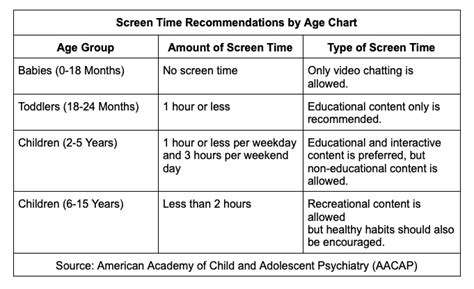
Establishing Healthy Boundaries
Setting age-appropriate screen time limits is crucial for children's development. It's not just about restricting access to technology; it's about fostering a balanced lifestyle that includes outdoor play, social interaction, and educational activities. Establishing these limits requires open communication and collaboration between parents and children, creating a shared understanding of the importance of balance. This process should involve discussions about the benefits of various activities and how screen time can be used constructively, such as educational apps or video calls with family.
Understanding the developmental stages of children is essential. Preschoolers may benefit from shorter screen time focused on educational content, while older children might need limits on social media use and gaming to prevent excessive engagement. This tailored approach ensures that screen time supports, rather than hinders, healthy development. It's also important to remember that different children have different needs, and what works for one may not work for another.
Balancing Screen Time with Other Activities
A key aspect of managing screen time is ensuring a balance with other crucial activities. Encourage outdoor play, fostering physical activity and social interaction, and creating opportunities for creative expression. This could involve engaging in hobbies such as drawing, painting, playing musical instruments, or participating in sports.
Prioritizing activities beyond screens helps develop essential life skills and promotes overall well-being. Engaging in these activities can lead to improved focus, problem-solving abilities, and emotional regulation. Furthermore, it strengthens relationships and promotes a sense of community.
Monitoring Screen Time Usage
Monitoring screen time usage is a vital part of enforcing limits. This involves tracking the amount of time spent on different devices and apps. Employing digital tools or utilizing parental controls can help in this process. These tools often provide detailed reports on usage patterns, which can be extremely helpful in identifying areas for improvement and fostering more balanced habits.
Regular monitoring allows parents to identify trends and patterns in their children's screen time usage. This awareness can be used to make informed adjustments to the established limits and ensure that screen time remains a constructive part of the child's routine. This also allows for proactive intervention if screen time becomes excessive.
Encouraging Responsible Screen Use
Promoting responsible screen use is an integral aspect of effective management. Educating children about the potential benefits and drawbacks of different types of content, including social media and online games, is crucial. Teaching them to critically evaluate information and interact responsibly online is essential. This includes encouraging them to seek guidance when encountering online challenges or inappropriate content. Furthermore, open conversations about online safety and responsible behavior are vital.
Establishing clear guidelines and expectations for screen use will set a positive tone for their digital interactions. Encourage the use of screen time for learning and creative pursuits, while also highlighting the importance of setting boundaries and taking breaks. This will foster a healthy digital lifestyle.

